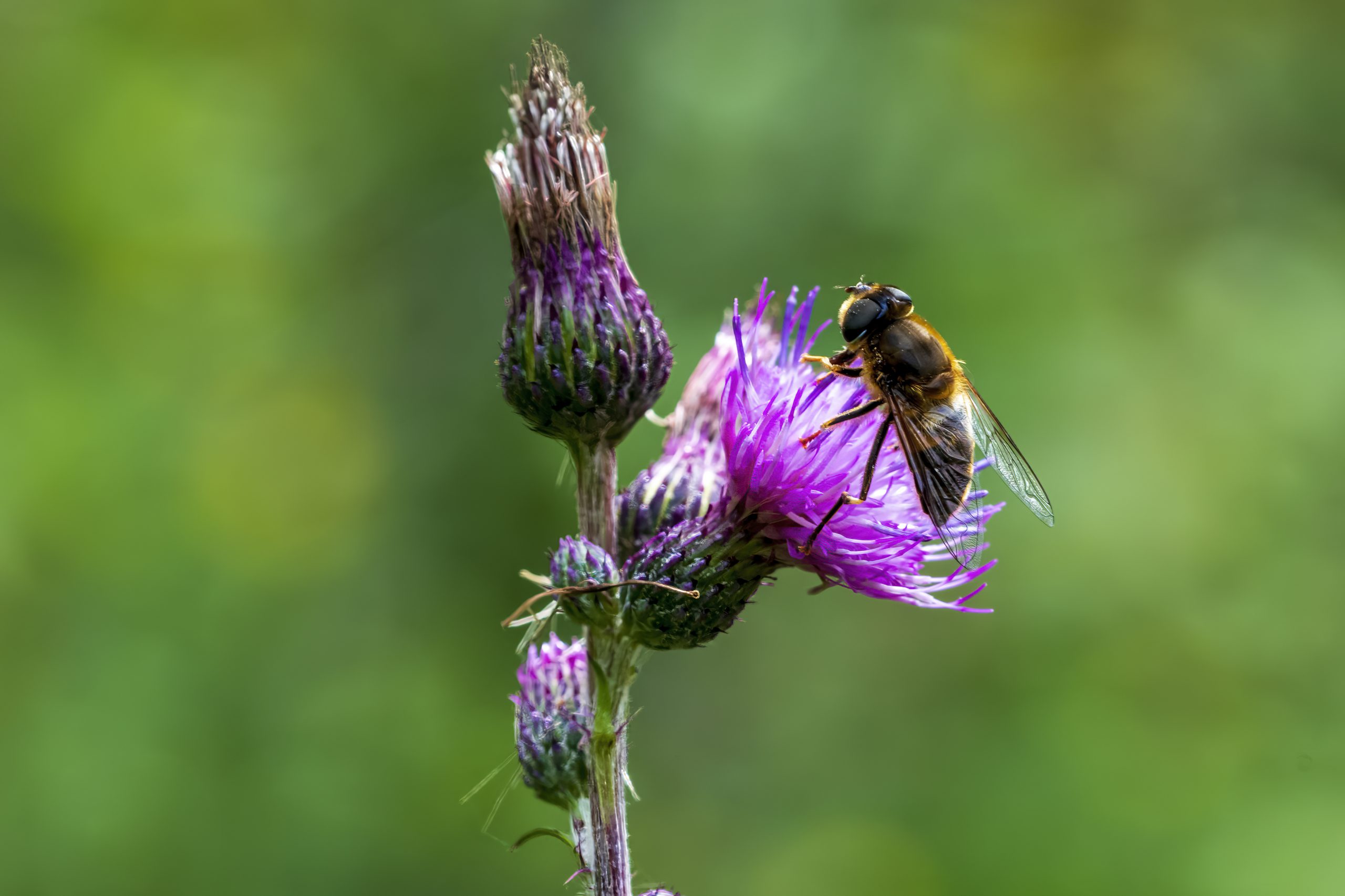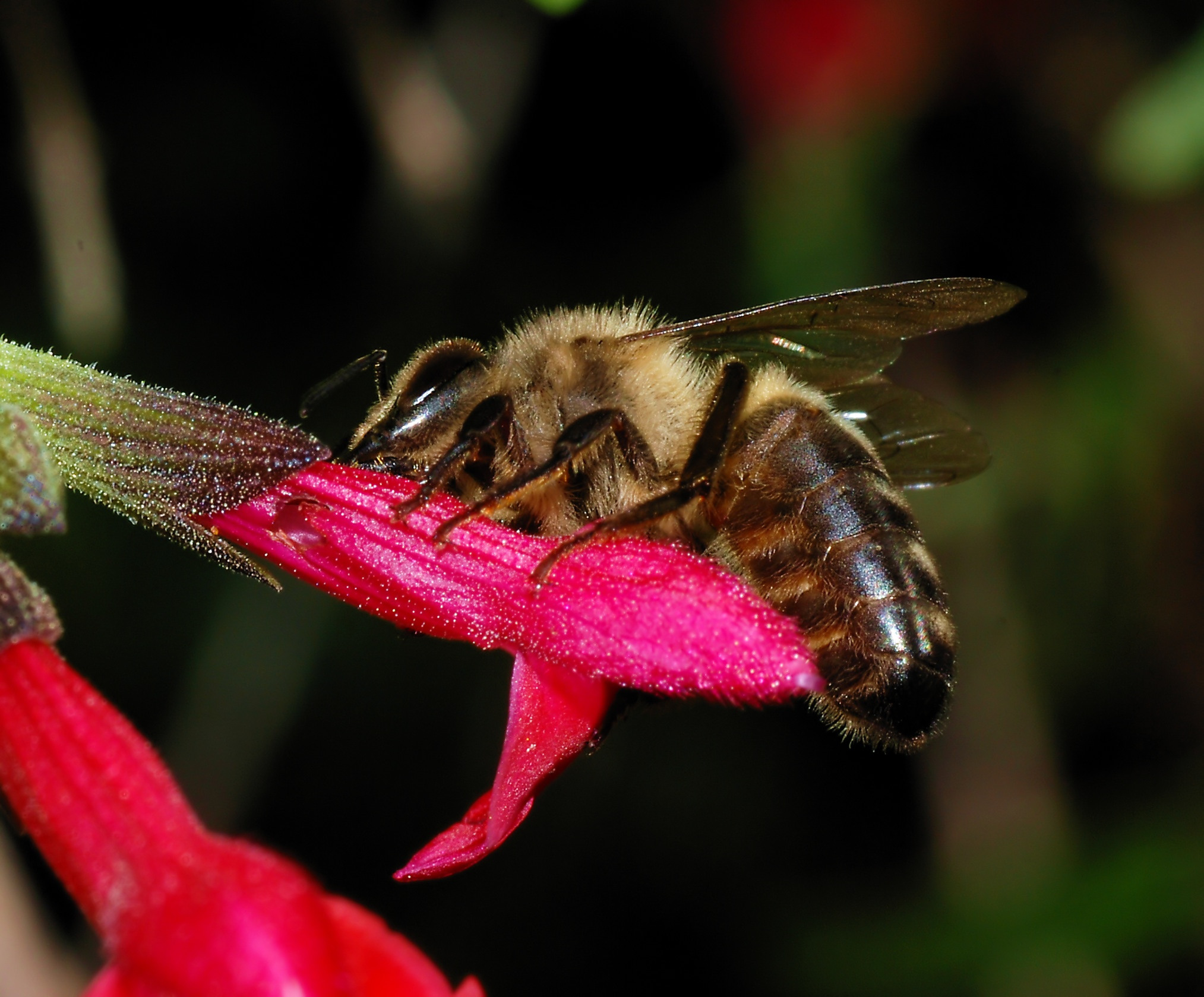Irish Honey Bee Information
What you need to know about the Irish Honey Bee
Apis mellifera mellifera, (A.m.m.), also called the Black Bee or the Dark European Honey Bee was once common throughout all of northern Europe, but tragically, due to hybridization with other sub-species, it is no longer commonly found.
The Native Irish honeybee, also known as the Irish honeybee or the Irish black bee, is a subspecies of the Western honeybee (Apis mellifera mellifera) that is indigenous to Ireland. Some of the key characteristics of this subspecies include:
The Irish A.m.m strain has been shown – by scientific investigation and DNA analysis – to be both pure and distinctive.
The Black Bee, which the majority of beekeepers in Ireland preserve, is happily still very much alive, but it is under threat from hybridization with imported non-native subspecies and the possible negative impacts of illnesses that may be brought with non-native bees.
Due to habitat loss, pesticide usage, and intensive agriculture, it is struggling along with other bees and pollinators in general. Regrettably, 1/3 of Ireland’s bees are in danger of going extinct.


Key Characteristics of The Native Irish Honeybee (Amm)
- Dark coloration: The Irish honeybee is known for its dark, almost black coloration, which is caused by a high concentration of melanin in its exoskeleton.
- Robustness: The native Irish honeybee is known for its hardiness and ability to survive in harsh weather conditions. They are well adapted to the Irish climate with a thick coat of hair and short tongue which allows them to forage on a variety of flowers.
- Calm Temperment: The native Irish honeybee is known to be have a very calm temperment compared to other bees but have been given a bad rap due to the aggression of hybrisdised bees that are not pure AMM. This is known as F2 aggression.
- Swarming behavior: The Irish honeybee has a tendency to swarm, which is a reproductive behavior in which a colony splits and one group leaves to establish a new colony.
- High resistance to disease: The Irish honeybee has a high resistance to disease, particularly to the Varroa mite, which is a major pest of honeybees.
- Honey production: The Irish honeybee is a good honey producer, the honey produced from the Irish honeybee is known for its dark color and strong flavor.
- Genetic diversity: The Irish honeybee is genetically diverse, which is beneficial for the survival of the subspecies.
The honey bee of Ireland has endured thousands of years of evolution and adaptation and prospers in our unusually wet climate. There are 100 bee species in Ireland: 21 species of bumblebee, 78 species of solitary bee and only one native honey bee. This species of bee is still found in the wild and is also managed by beekeepers in hives. The honey bee is not only a significant native pollinator with a unique role in the ecology and biodiversity of rural Ireland, but it also has a long history and rich legacy.
Many of us have fond recollections of having bees in the backyard and honey on the table since Ireland has a long heritage of keeping bees that dates back to the Brehon law era!
As a result of a number of efforts by several organisations and associations, several Voluntary Conservation Areas have been established around the entire island of Ireland where they have opted to exclusively deal with local bees and agree not to import other sub-species. If you wish to help please let us know and we would be delighted to discuss how you can help.
Contact Us
